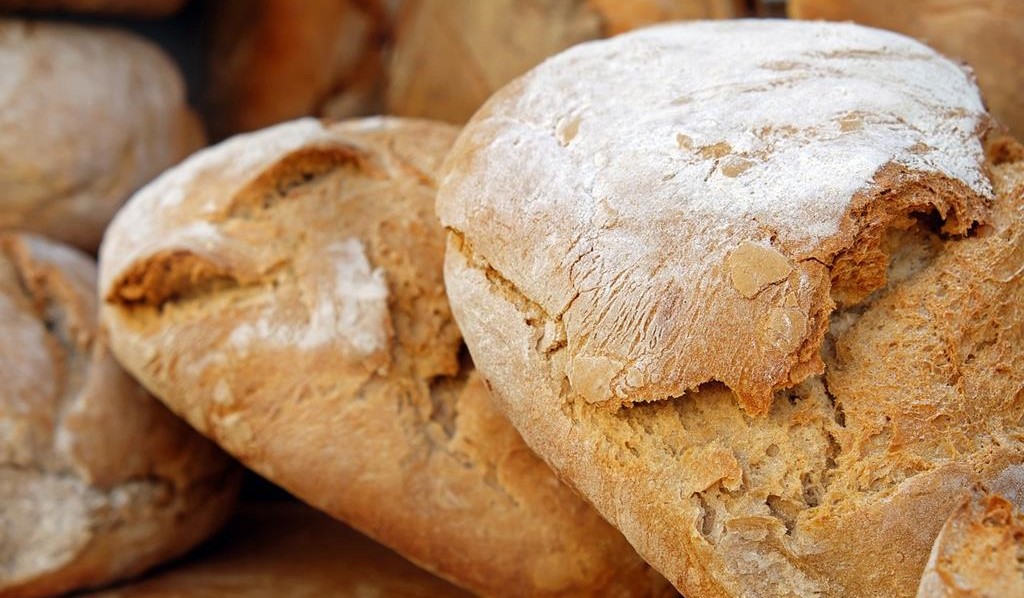Cats are known for their selective eating habits and their preference for a diet rich in animal protein. While most of their nutrition should come from meat-based sources, you may wonder whether it’s safe to share a small treat like bread crust with your feline friend. In this article, we will explore whether cats can eat bread crust and provide guidance on making healthy choices for your pet.
Understanding Cat Nutrition
Before addressing whether cats can eat bread crust, it’s crucial to understand the dietary needs of our feline companions. Cats are obligate carnivores, which means that they require animal-based protein for their overall health and well-being. Their bodies are optimized for breaking down and utilizing nutrients found in animal tissues.
Key components of a cat’s diet include proteins, amino acids, essential fatty acids, vitamins, and minerals like taurine, vitamin A, and arachidonic acid. These nutrients play vital roles in maintaining a cat’s health, including their skin, coat, and organ function.
Can Cats Eat Bread Crust?

Bread crust, being a part of baked bread, is generally not harmful to cats in small amounts. However, it offers minimal nutritional value for them and should not be a significant component of their diet. Here are some important considerations regarding cats and bread crust:
- Empty Calories: Bread crust primarily consists of carbohydrates, which do not align with a cat’s natural dietary needs. Cats require protein as the primary source of energy, making bread crust a source of empty calories.
- No Essential Nutrients: Bread crust lacks the essential nutrients that cats need for optimal health. It doesn’t contain the amino acids, vitamins, and minerals that are essential for their well-being.
- Potential Allergies: Some cats may have allergies or sensitivities to ingredients found in bread, such as wheat or gluten. Be vigilant for any allergic reactions if you offer bread crust to your cat.
- Moderation is Key: If you decide to share a small piece of bread crust with your cat as an occasional treat, keep it limited to a tiny portion. Ensure it’s plain bread crust without added seasonings, toppings, or spreads.
- Watch for Digestive Upset: Cats have sensitive stomachs, and introducing new foods can sometimes lead to gastrointestinal upset, including diarrhea or vomiting. Monitor your cat after giving them bread crust and discontinue if you notice any adverse reactions.
Healthy Alternatives for Treats
While bread crust is generally safe for cats in small quantities, it’s important to remember that it should not replace their regular diet or be a significant part of their treats. Consider these healthier alternatives for treating your feline friend:
- Commercial Cat Treats: There are various cat-specific treats available that are formulated to meet their dietary needs and are safer for regular consumption.
- Homemade Cat Treats: You can find recipes online to make homemade cat treats using cat-friendly ingredients such as meat or fish.
- Fresh Meats: Cats often enjoy small portions of cooked chicken, turkey, or fish as a special treat, which align more closely with their natural diet.
Conclusion
In summary, cats can eat bread crust in moderation without significant harm, but it’s not a recommended treat due to its lack of essential nutrients and high carbohydrate content. If you choose to offer your cat a taste of bread crust, ensure it’s plain, without any added ingredients that might be harmful to them. Always prioritize a balanced, meat-based diet for your cat to meet their nutritional needs, and consult with your veterinarian if you have any concerns or questions about your pet’s diet and treats.



